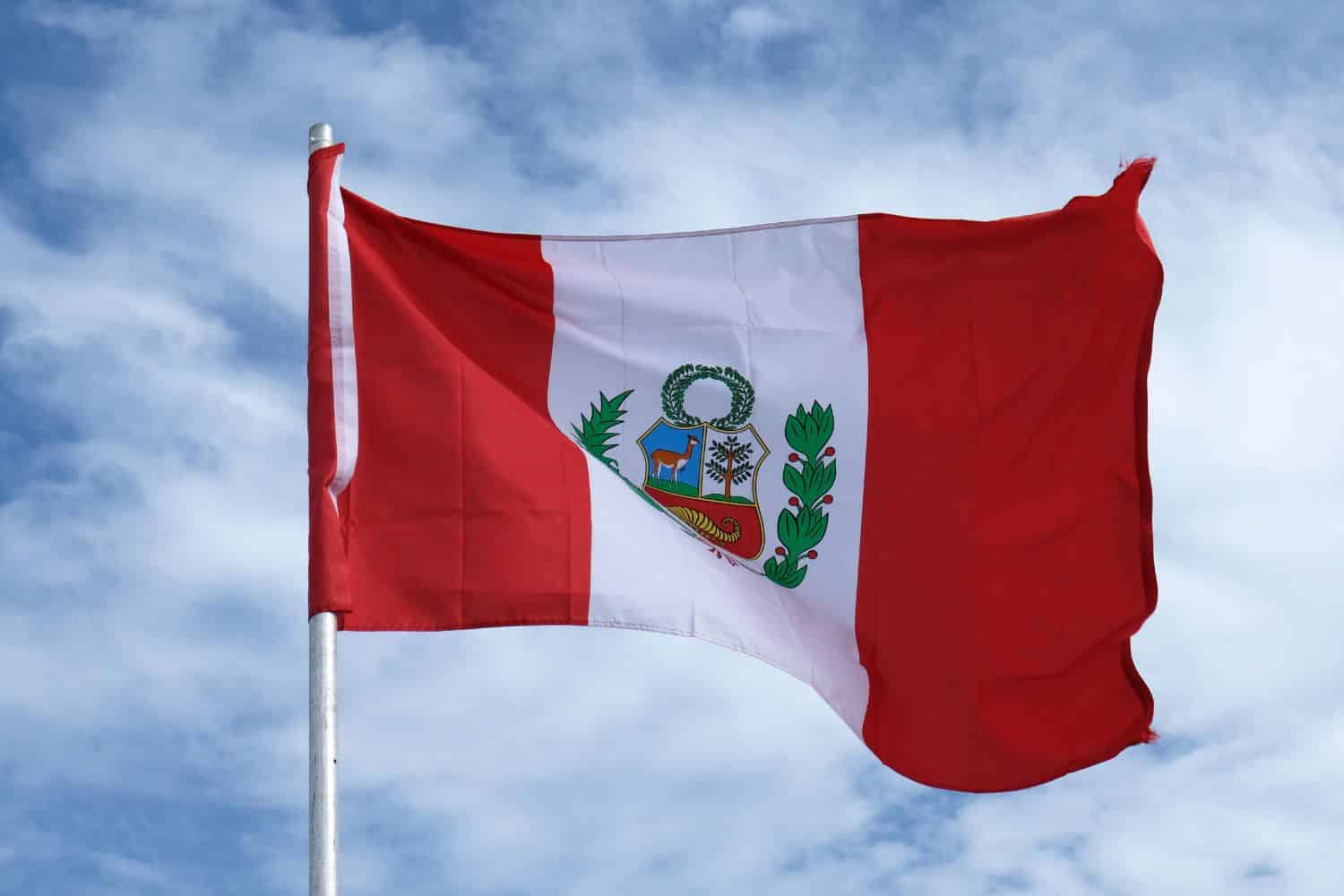Introduction
In East Africa's heart, Kenya has long been considered a leader in mobile payments. The introduction of M-Pesa in 2007 changed the way millions of Kenyans engage with money, bringing immediate mobile transactions even in rural areas. But as the world shifts towards digital-first economies and financial systems, a new diaspora-friendly wave of innovation is sweeping through Kenya, one that could redefine cross-border payments completely: stablecoin payments powered by block chain.
From M-Pesa to USDC, Kenya is on the cusp of a new wave of Web3-style finance, where the question of whether crypto adoption will reach East Africa is no longer if, but when.
The Emergence of Stablecoin Payments in Kenya
We need to know what this shift is all about, so let us start with the fundamentals. Stablecoins are cryptocurrencies that are pegged to a stable asset, such as the U.S. dollar. Of these, USDC (USD Coin) is considered one of the most reliable and regulated, backed entirely with dollars and subject to regular, transparent audits. And in Kenya, stablecoins afford a compelling value proposition—especially when faced with traditional remittance models, which are slow, expensive, and rife with intermediaries.
So, how are stablecoins being utilised in Kenya for cross-border payments?
Think of the Kenyan freelancer who has a client in Europe. Rather than waiting five business days for wire transfers with high fees, the client could send USDC instantly to the freelancer’s wallet. The stablecoin doesn’t fluctuate in value; it stays at a dollar, removing the uncertainty of crypto prices. The recipient could then convert it to their local currency or could start using it directly, since blockchain payment integrations are on the rise.
M-Pesa Meets Crypto: A Kenyan Startup Explains Its Approach to Stablecoins IEnumerator.
Until you head out into the bigger world and start comparing what M-Pesa does at home with what the Internet can do on a global scale. Traditional M-Pesa accounts are not set up to receive international crypto transfers or to work with Web3 finance applications. That’s where M-Pesa and crypto starts to intersect in interesting, meaningful and positive ways.
Today, entrepreneurs are exploring M-Pesa to USDC transfers—either by linking wallets or through intermediaries that convert USDC into Kenyan Shillings and deposit the money directly into M-Pesa. This hybrid approach leverages the local acceptance of M-Pesa together with the global liquidity and velocity of money in stablecoins.
It is certain that in the immediate future, there will be use cases, e.g.ACTIONS = loading different models from pre-trained weights.
Kenyan students are being supported in school by relatives abroad using USDC.
SMBs that want to receive stablecoin payments from abroad.
Farm cooperatives are receiving immediate international financing free from the delay of a bank.
The move is no longer hypothetical. It’s already underway.
TransFi as a Solution
Enter Transfi: a company that’s making this transition effortless. Transfi offers infrastructure that facilitates sending and receiving of stablecoin payments in Kenya, built with deep integrations with networks such as M-Pesa.
The difference with Transfi is that it is focused on user experience, security and regulation. With Transfi:
Kenyan freelancers can receive payments in USDC and convert them to M-Pesa or mobile money instantly.
Companies can automatically settle in USDC for instant cross-border trade.
Stablecoins enable overseas family members to remit funds instantly and inexpensively.
This makes Transfi an important player in the effort to drive crypto adoption in the real world across East Africa, linking the world of traditional finance with the blockchain economy.
How Stablecoins Could Be a Game Changer in Kenya
As the potential use cases of USDC for payments go beyond speed and cost. They are emblematic of a larger trend toward financial independence and access.
Here’s why the push is gaining momentum:
Digital dollar Kenya: People believe in the U.S. dollar. USDC allows them to store that value without having a U.S. bank account.
Stablecoin offers Kenyan freelancers and businesses increased accessibility to the world without the need for brokers.
Remittances can be delivered faster, more transparently and cheaper than Western Union or SWIFT-based systems.
For tech-savvy youth and small business owners, stablecoins provide an on-ramp to Web3 finance in Kenya, including DeFi and smart-contract-powered services.
All of this is in line with Kenya’s transformation from a pioneer authoring mobility money to a blockchain-based economy.
Conclusion: The New Dawn of Web3 Finance In Kenya
Kenya is on the brink of a major financial technology leap. From its legacy of leadership in mobile money, the country is now uniquely positioning itself to be at the forefront of blockchain-based cross-border payments.
It’s not just a technical hop from M-Pesa to USDC; it’s cultural, it’s economic, it’s generational. Whether you’re a diaspora member sending remittances home, a startup founder paying your employees, or a young developer diving into DeFi, stablecoin payments in Kenya represent new territory.
With the likes of Transfi leading the charge, the question is not whether Kenya will embrace this new model, but how quickly and to what extent.
Also read: Stablecoin Payments in Uganda: Enabling Instant Remittances and Peer-to-Peer Commerce
FAQs
USDC, what is it, and how does it work in Kenya?
USDC is a dollar-pegged stablecoin. In Kenya, people can receive USDC into digital wallets and turn it into local currency through platforms such as Transfi or decentralized exchanges. It is used for remittance, freelancing and more.
Are M-Pesa users eligible to receive stablecoin payments?
Not in-app support just yet, but via integrations such as Transfi, users can receive stablecoins (e.g., USDC), which are then converted into M-Pesa balance for use in the real-world.
Are stablecoin remittances legal in Kenya?
True, Kenya has not outlawed stablecoins, but the regulatory landscape remains fluid. Players such as Transfi work within approved systems to guarantee their transactions are safe.
What are the benefits of using blockchain payments over other types of payments?
Payments via blockchain are fast, transparent and less expensive. They strip out intermediaries, letting people make direct transactions in seconds, not days.
Can you send stablecoins using Transfi securely?
Yes. Transfi Leveraging bank grade encryption, regulatory partnerships and smart contract audits, air in Kenya for both individuals and businesses when making cross border payments.
Daftar Isi
Artikel yang Disarankan
Jelajahi produk kami

Lakukan pembayaran global dengan kecepatan klik

Terima pembayaran, hapus batas.

Buka Transaksi Mata Uang Digital yang Mulus Di Mana Saja








.png)














